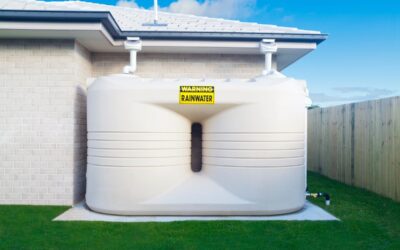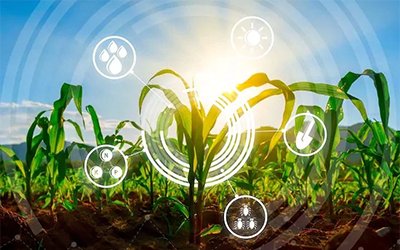Because El Niño brings forth dryer weather and prolonged droughts, it’s critical to ensure water is consciously preserved. By applying water mindfully, you can reduce the strain of El Niño on your agricultural business and mitigate its potentially detrimental effects.
Rainwater harvesting poses a promising solution to sustainable agriculture during El Niño. This resourceful method of water management poses many benefits, including drought resilience, effective resource management, and cost savings.
In this article, we explore the intricacies of adopting a rainwater harvesting system to help you determine if it’s the right solution for your agricultural business.
Understanding The Impact of El Niño on Australian Agriculture
El Niño is characterised by extremely hot and dry conditions which pose several significant threats to Australia’s agricultural sector, such as decreased crop yields and water strain.
Water scarcity is among the most detrimental effects of El Niño, leaving farmers and station owners struggling to keep their livestock and crops sufficiently hydrated. In the face of these adverse challenges, effective and controlled water management becomes a prime necessity, to ensure agriculturalists can sustain the productivity.
Moreover, bushfires become a heightened risk during El Niño. This is primarily because of the mixture of increased temperatures, dry vegetation, decreased rainfall, and strong winds, making the environment more susceptible to combustion. It’s paramount for agriculturalists to implement fire prevention and firefighting measures to ensure farmlands are prepared for bushfires.
In understanding the multifaceted risks presented by El Niño, you can plan and set in motion appropriate adaptive strategies, to ensure the resilience of Australia’s agricultural sector.
What is Rainwater Harvesting?
Rainwater harvesting is a resourceful and sustainable water management solution that involves collecting rainwater for later use. This can be used for residential or commercial requirements. For residential requirements, usually rainwater is collected from a roof which runs through gutters and downspouts to a water tank, where it’s later filtered and used.
For larger scale commercial uses, rainwater can be collected in a number of different ways. For example below is a video of a farm in South Australia using HDPE plastic to collect and store rainwater for later use. Even a small 2mm rain event captures 8,200 litres of fresh rain water. With this in place, the farm now has guaranteed water security for 25 years.
The harvested water can be used for various agricultural activities, such as irrigation, livestock watering, and cleaning farming equipment/appliances.
The Advantages of Rainwater Harvesting
Drought Resilience
Rainwater harvesting provides a water supply buffer which is essential during El Niño weather as Stored rainwater can be used to meet essential needs when other water sources are strained. This reduces the vulnerability of agricultural businesses, ensuring they can continue to sufficiently carry out watering tasks.Environmental Sustainability
Cost Effective
Crop and Livestock Support
Upfront Costs
Seasonal Limitations
Maintenance Requirements
Solar Panel Sizing
Water Storage Capacity
Water Quality
System Monitoring







